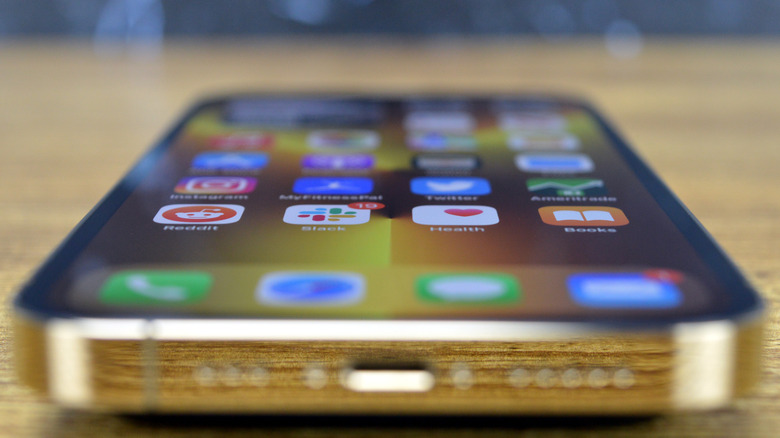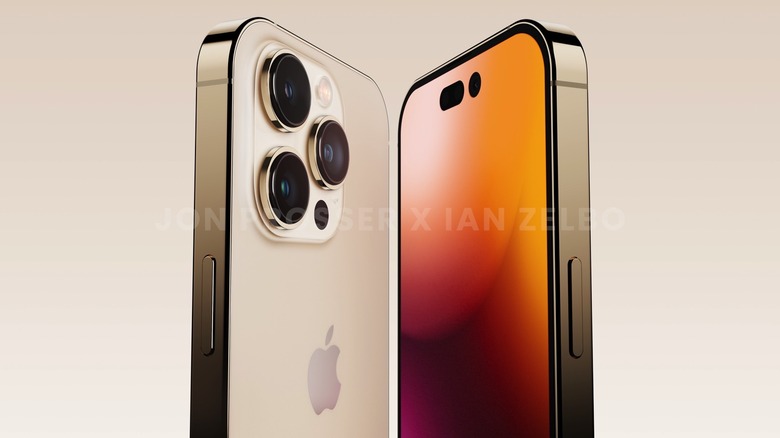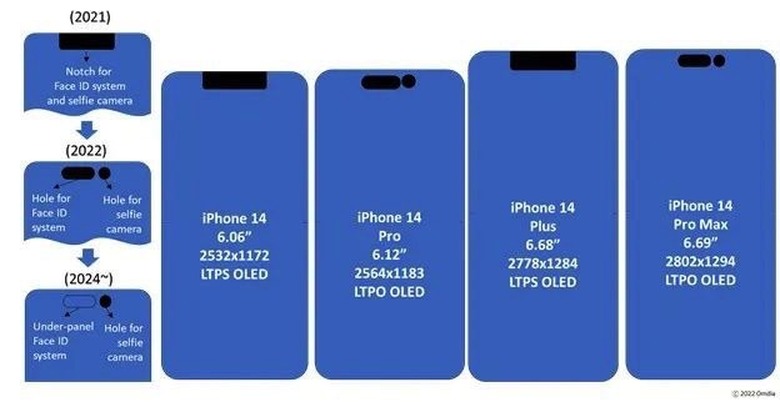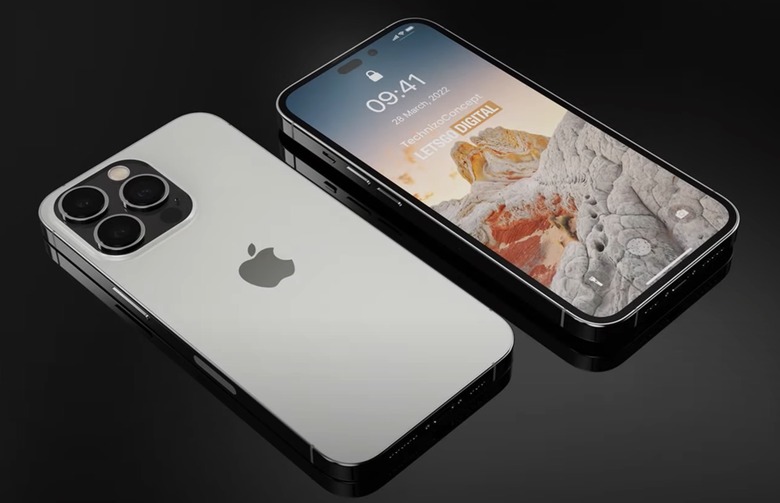iPhone 14 OLED Display Upgrades Include Big Updates For Pro Models
Apple should unveil the iPhone 14 series in mid-September, assuming the rumored lockdown-related development delays aren't significant. We're getting four new iPhones in 2022, just like the previous two years. However, the mini size is going away in favor of a non-Pro version of the iPhone 13 Pro. Also, Apple adopted a different approach for the iPhone 14 series, differentiating the non-Pro and Pro models more than ever. It's not just the display design that's changing for the iPhone 14 and iPhone 14 Pro models, but also the specs.
The iPhone 14 series will bring a big redesign for the iPhone 14 Pro models, with a new report highlighting the various differences between the OLED panels that Apple will employ this year.
The iPhone display suppliers
The analysts at Omdia (via ITHome) have a new report detailing Apple's purported plans for the iPhone 14 and iPhone 15 series when it comes to display specs and manufacturers.
The report reiterates some of the iPhone 14 display claims we saw in other reports. Samsung Display, LG Display, and BOE will be the providers of OLED panels this year, with the former winning the lion's share of orders.
The report is not surprising, but it's all the more interesting considering a widely covered disagreement between BOE and Apple a few weeks back. The Chinese display makers supposedly made changes to the manufacturing process without explicit approval from Apple, jeopardizing a lucrative business deal with the iPhone maker.
Omdia believes Samsung will supply OLED panels for all iPhone 14 models. That includes the iPhone 14, iPhone 14 Max (referred to as iPhone 14 Plus in the report), iPhone 14 Pro, and iPhone 14 Pro Max. Samsung's orders will account for 60% of the total supply.
LG will make 25% of the expected 205 million OLED panels that Apple will need this year. The Korean company will supply iPhone 13, iPhone 14, and iPhone 14 Pro Max screens. Finally, BOE will provide OLED screens for the iPhone 13 and iPhone 14 or 15% of Apple's needs.
The iPhone 14 display specs
We're looking at two types of panels here when it comes to iPhone 14 screen design and underlying technology.
The iPhone 14 and iPhone 14 Max (Plus) will feature LTPS (low-temperature polycrystalline silicon) displays with notches at the top. This is the same display tech as the iPhone 13 mini and iPhone 13, which means the screens will have a fixed refresh rate of 60Hz.
The iPhone 14 Pro and iPhone 14 Pro Max will use the same LTPO (low-temperature polycrystalline oxide) screen as the iPhone 13 Pro models. The screen tech supports dynamic display rates that go up to 120Hz. Or ProMotion. The iPhone 14 Pro models will have a new pill-and-hole design, featuring two cutouts at the top for the Face ID and selfie camera.
If rumors are accurate, iOS 16 will bring always-on display support to the iPhone 14 Pro models. That's a feature Apple will enable only on screens with variable refresh rates, however.
Omdia's report also goes over the main iPhone 14 display specs. The iPhone 14 will feature a 6.06-inch screen with 2532 x 1172 resolution. The iPhone 14 Pro will have a slightly larger 6.12-inch OLED panel with 2564 x 1183.
Separately, the iPhone 14 Max (Plus) will have a 6.68-inch OLED panel with 2778 x 1284 resolution. The iPhone 14 Pro Max will feature a 6.69-inch screen with 2802 x 1294 resolution.
Future display designs
In practice, Apple will likely use the same sizes to describe the iPhone 14 screen sizes: 6.1-inch and 6.7-inch, respectively. The new pill-and-hole design is reportedly responsible for the size variance. The iPhone 14 Pro models will feature slightly thinner bezels, leading to diagonal size changes.
The Omdia analysts believe Apple will widely employ the pill-and-hole design next year when all iPhone 15 units will get the new screen design. The 2024 iPhones will be the first to debut an under-panel Face ID camera system, according to the same report.
The BOE iPhone display mess
We heard for a few years that Apple wanted to add more display makers to the iPhone supply chain. BOE kept appearing in those reports, with the Chinese screen maker eager to enter the iPhone supply chain. But BOE would have to adhere to Apple's strict iPhone 14 display specs requirements to make the cut.
A few weeks ago, BOE and Apple reportedly had a falling out after the former changed the iPhone 13 display manufacturing process without informing Apple. The iPhone 14 supply deal seemed in danger, although the parties did not confirm the rumors.
A new report from Korea said on Monday that Apple will start evaluating the BOE samples for the iPhone 14 screens this week. According to The Elec, BOE hopes to receive approval within the month. If that happens, BOE will start mass-producing panels for the 6.06-inch iPhone 14 sometime between July and August.
Comparatively, Samsung and LG will kick off iPhone 14 display production later this month.
The report also notes that BOE received a re-approval for supplying iPhone 13 panels. Apple will keep manufacturing the iPhone 13 for one more year. That's why the 2021 iPhone still appears in supply chain reports.
More iPhone coverage: For more iPhone news, visit our iPhone 14 guide.



